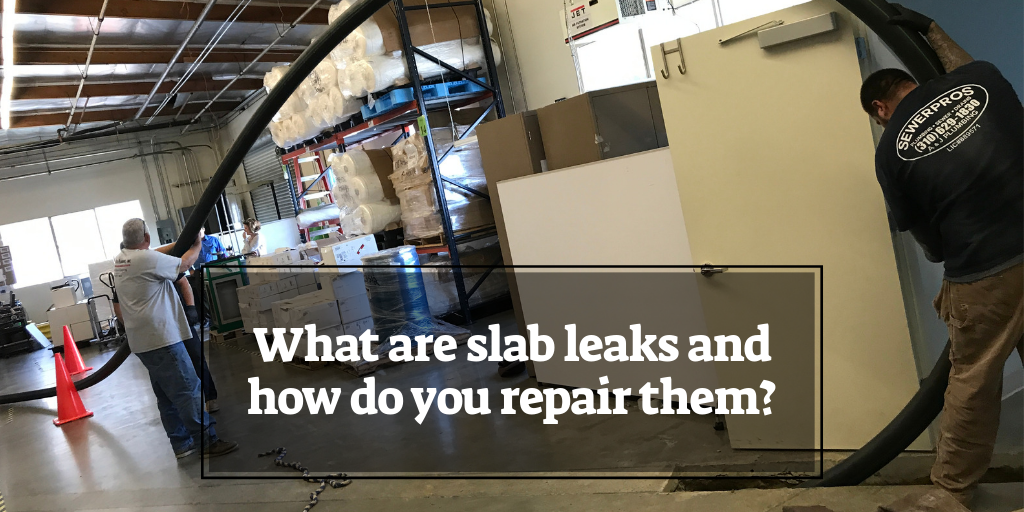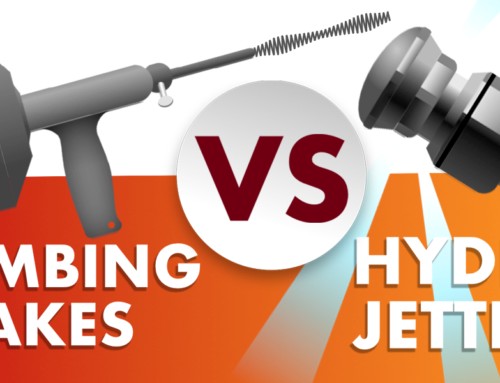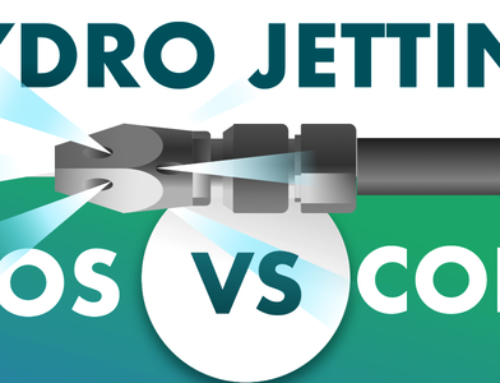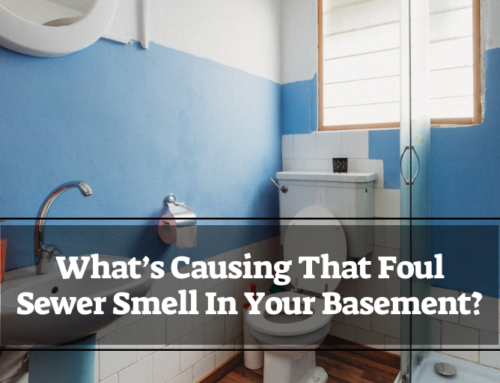Are you looking for information about slab leaks and how to repair them? If so, you’ve landed on the right page! This short guide will give you basic information on slab leaks including their causes, signs, and how to repair them.
What is a slab leak?
In simple terms, a ‘’slab leak’’ is a leak in either the water or sewer pipes underneath your home’s foundation. They happen because all pipes corrode over time.
Slab leaks are bad because they can cause mold to form inside your house as well as insect infestation because water-softened wood is easier for insects to digest. If slab leaks aren’t repaired they can even cause your foundation to collapse.
Unfortunately, slab leaks aren’t easy to detect. This short guide will talk about the subtle signs of a slab leak and the tools plumbing professionals use to detect them.
What causes a slab leak?
Slab leaks are caused by a variety of factors including pipes that were incorrectly installed, a home shifting on its foundation because of an earthquake, pipe corrosion, and the abrasion that can happen when underground pipes rub against gravel, concrete, or other pipes.
Signs of a slab leak
How do you find a slab leak?
Professional plumbing contractors use various types of non-invasive, sensitive water-leak detection equipment to find the exact location of slab leaks including…
Electronic amplification equipment – These are special listening devices designed to hear the sound of water moving in or around a pipe.
Electromagnetic pipeline locators – These work like radio antennas and allow contractors to determine how the pipe is laid out underneath the slab.
Tracer gas systems – Sometimes contractors have a hard time hearing the sound of the water because the audio sensor picks up too much noise. If this happens, gas tracer systems are used.
CCTV camera – These are small, remote-controlled, video cameras that contractors use to look inside your pipes for cracks, leaks, blockages, etc.
How do you repair a slab leak?
Note: Both before and after a slab leak repair the contractor will perform a CCTV video inspection.
Trenchless options for repairing a slab leak include…
Trenchless pipe lining (Also called cured-in-place-pipe lining or CIPP) – Pipe lining is a minimally-invasive trenchless method for repairing cracked and leaking pipes by creating a new pipe within the old one.
The process involves digging two 4ft x 4ft pits in order to access the pipe. A special epoxy-soaked felt liner with an inflatable bladder inside is then inserted into the pipe. Once it’s in place the bladder is inflated so that the liner pushes up against the inside of the pipe. After it cures for a few hours the liner is removed and your pipe is as good as new.
Any branches of the damaged pipe that were covered over during the pipe lining process will now be opened again (‘reinstated’) using a special cutting tool.
Trenchless spray lining or brush coating – Spray lining is similar to pipe lining except that no liner is used. Instead, a special, non-toxic polymer resin is sprayed or brushed directly onto the inside the pipe.
After the damaged pipe has been cleaned and prepped to remove any buildup, the spray nozzle is inserted into the pipe all the way to the end of the damaged section. It’s then turned on and pulled back toward the access point as it sprays the inside of the pipe. Sometimes, if necessary, the process is repeated to give the pipe an additional coat. After it has cured for a few hours your pipe is ready for use.
Trenchless pipe bursting – Sometimes, a damaged pipe doesn’t have the structural integrity necessary for pipe lining. A partially collapsed pipe cannot be lined. It needs to be replaced. Fortunately, pipe bursting does this without digging up your yard or tearing down your walls. The process is as follows…
The contractor digs a pit at each end of the pipe section being replaced. These are referred to as the insertion pit and the pulling pit.
A cable is then inserted into the pulling pit until it comes out the insertion pit. The HDPE replacement pipe along with a bursting head is then attached to the cable and pulled back through the old pipe using a winch. As this happens, it breaks the old, damaged pipe apart allowing the new pipe to replace it.
Re-piping – Sometimes, a pipe is too damaged even for pipe bursting. In these cases, we need to do things the old school way and install a brand new pipe.
Repairing a slab leak is most definitely not a DIY project. Contact a licensed, insured, and experienced plumbing professional.
We’re Sewer Pros, a licensed and insured sewer repair and replacement contractor in Los Angeles and Orange County. We’ve been repairing slab leaks since 2006. Contact us today at (310) 208-0525 to find out how trenchless methods can save you both time and money!








Leave A Comment